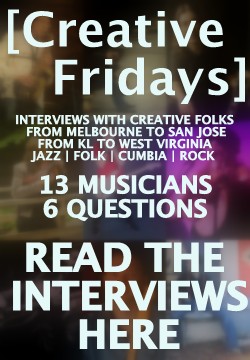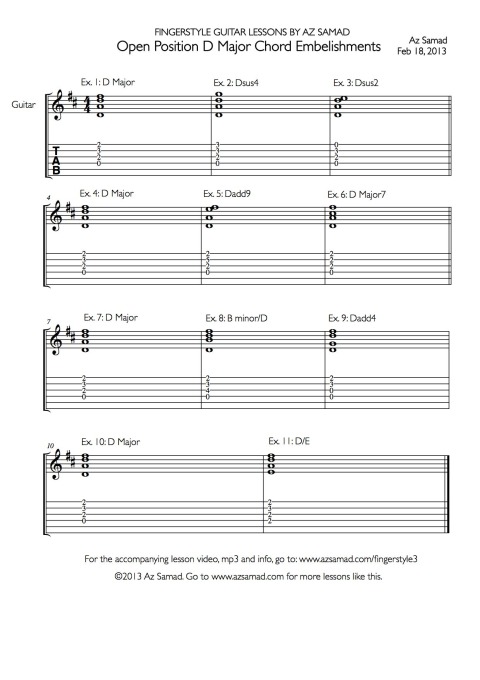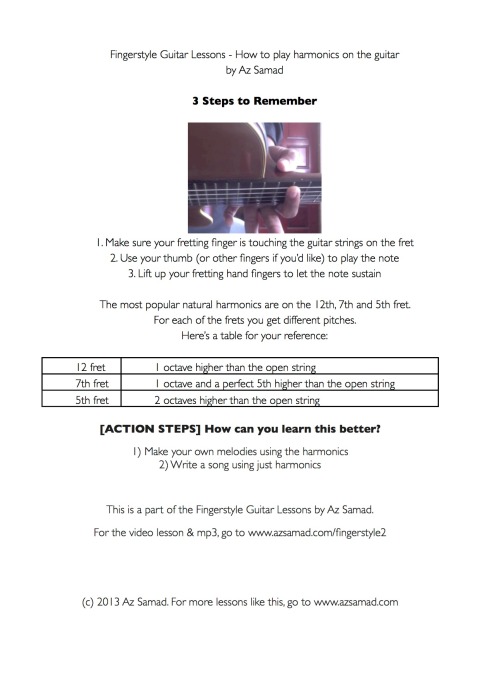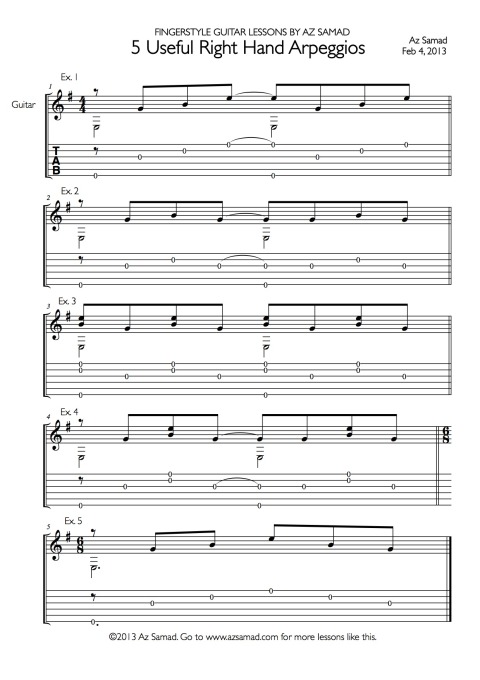4 Lessons for Musicians from Seth Godin
 Tuesday, February 19, 2013 at 4:47PM
Tuesday, February 19, 2013 at 4:47PM 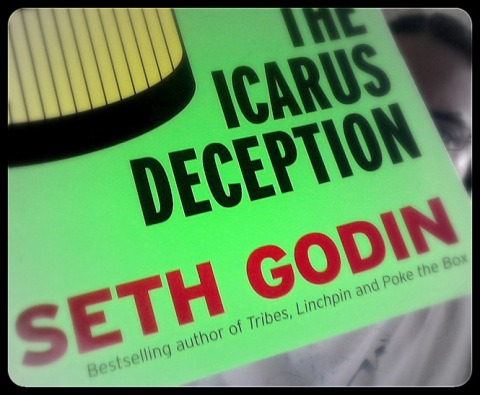
I just finished reading “The Icarus Deception” by Seth Godin. It’s a book about him explaining how in this era, it’s not enough to simply be compliant and do things we’re told to do. It’s important for everyone to create art (even if you’re not a musician, writer etc.).
Here are some of the key points I got from reading the book. There’s many more of course & this is my take on it. It’s definitely a book I recommend reading.
1. Make art
It’s essential for us to make art.
What he means is that, as artists including musicians, we must create works that continue to challenge us. These works should not be defined by the expectations set by others and they should always enable us to grow. We should learn from every work we create and use those lessons to create even better work. We should make art every day.
For musicians, I translate this to recording and releasing singles, EPs, albums, YouTube videos, performing, teaching, writing books, articles, educational material and anything that challenges and stretches our creativity.
2. Do not follow the stories, myths & limit set by others
The old model of the music industry was:
- Practice and be great
- Get signed by a record label
- Be famous and create & release works to a mass audience
This isn’t the only model anymore. Artists achieve success by YouTube, social media outlets, indie promotion and new methods chosen by ourselves. There is no longer a blueprint, there is no one path.
3. Pick Yourself
Don’t wait to be signed. Make art and release it on your own. Create art everyday. Reach out and find your audience everyday. Believe in yourself and your art.
4. Make art, and then make more
Make art everyday. Learn. Repeat.
Through this process, we learn what works and what doesn’t. We figure out what defines us and what doesn’t. We learn more about our art and what inspires us. I relate to this a lot as I believe in longevity being the key to a career in the arts. It’s possible to create a hit song or album or recognized work, but to make a lifestyle choice around it. To make it, our calling to continue creating art everyday of our lives is harder.
This is exactly why we should. Because it makes a difference. Because it is essential.
If you like this post, you might like these related posts:
The Indie Secret to Making Music
A blog post on how to keep making music throughout a long independent music career
How to be Creative in 7 Steps
7 simple tips to igniting creativity in your music and daily life
The B.O.P of Learning
A 3-step approach for learning music if you have very limited time
---------
Join my newsletter for a FREE 7-song acoustic guitar MP3 compilation
& to be updated of new blog posts, videos, upcoming shows & exclusive content.
100% privacy and I promise never to spam you.
_________
❤ If you liked this post, please Like it or Tweet it! =)

